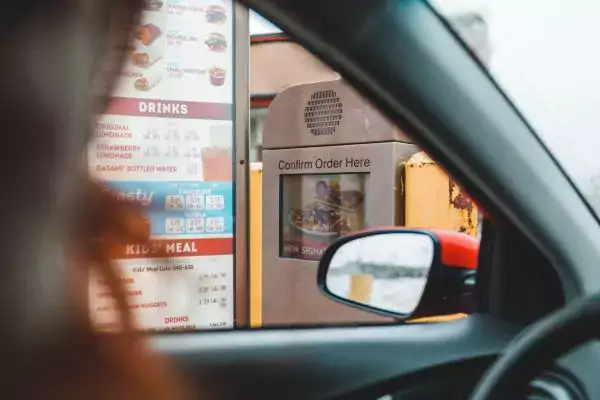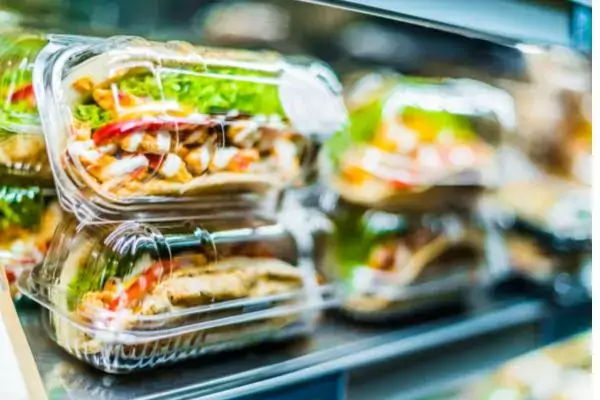At face value, it’s a story for “Reader’s Digest.” A Domino’s delivery man drops off an order of pizza and wings to a customer in Berkeley, CA. The customer opens the wings box and sees two wads of cash that were intended to be deposited at the bank. The honest customer calls up Domino’s and returns the cash. As a “thank you,” Domino’s gives the customer free pizza for a year.
Sure, it’s a heart-warming story of honesty. But if you’re a franchisee and business owner, it’s enough to give you heartburn. What was the bank deposit doing in the wings box in the first place?
As this article reminds us, mistakes like this are surprisingly common at large, national chains. Last year, a customer at Burger King received a bag of cash intended for a bank deposit. Keep in mind that these are just the stories where it ends positively for the restaurants! Who knows how many times the cash is gone and lost forever?
It begs the question:
What is Your Cash Auditing Process?
There are three elements of a cash audit and all of them have one important thing in common: documentation.
- Properly recording all cash received.
- Properly authorizing and documenting all disbursements.
- Checking that the documented cash balance matches the cash on hand and/or deposits.
Here’s another way of thinking about it: If your delivery driver has a GPS in her car that enables her to pinpoint a location for delivery, why don’t you have a system that enables you to track where your money is in transit?
The best part is that with a mobile app, your employees can use their own devices to either check in or follow a checklist. Improving your organization’s communication leads to more transparency and less mistakes.Subscribe to our blog
You are now subscribed!


